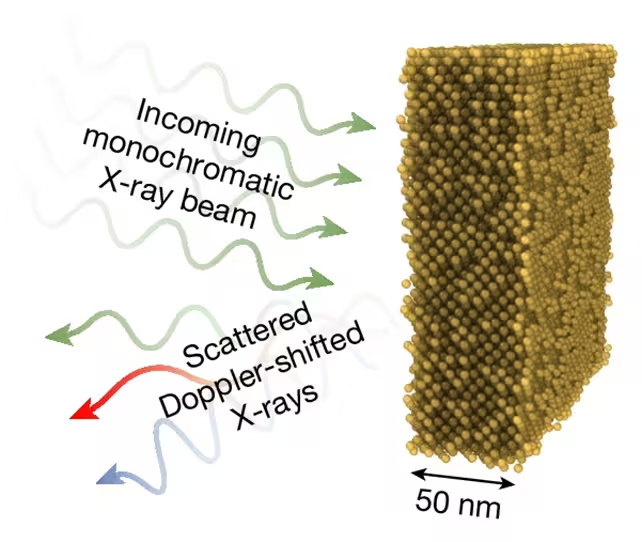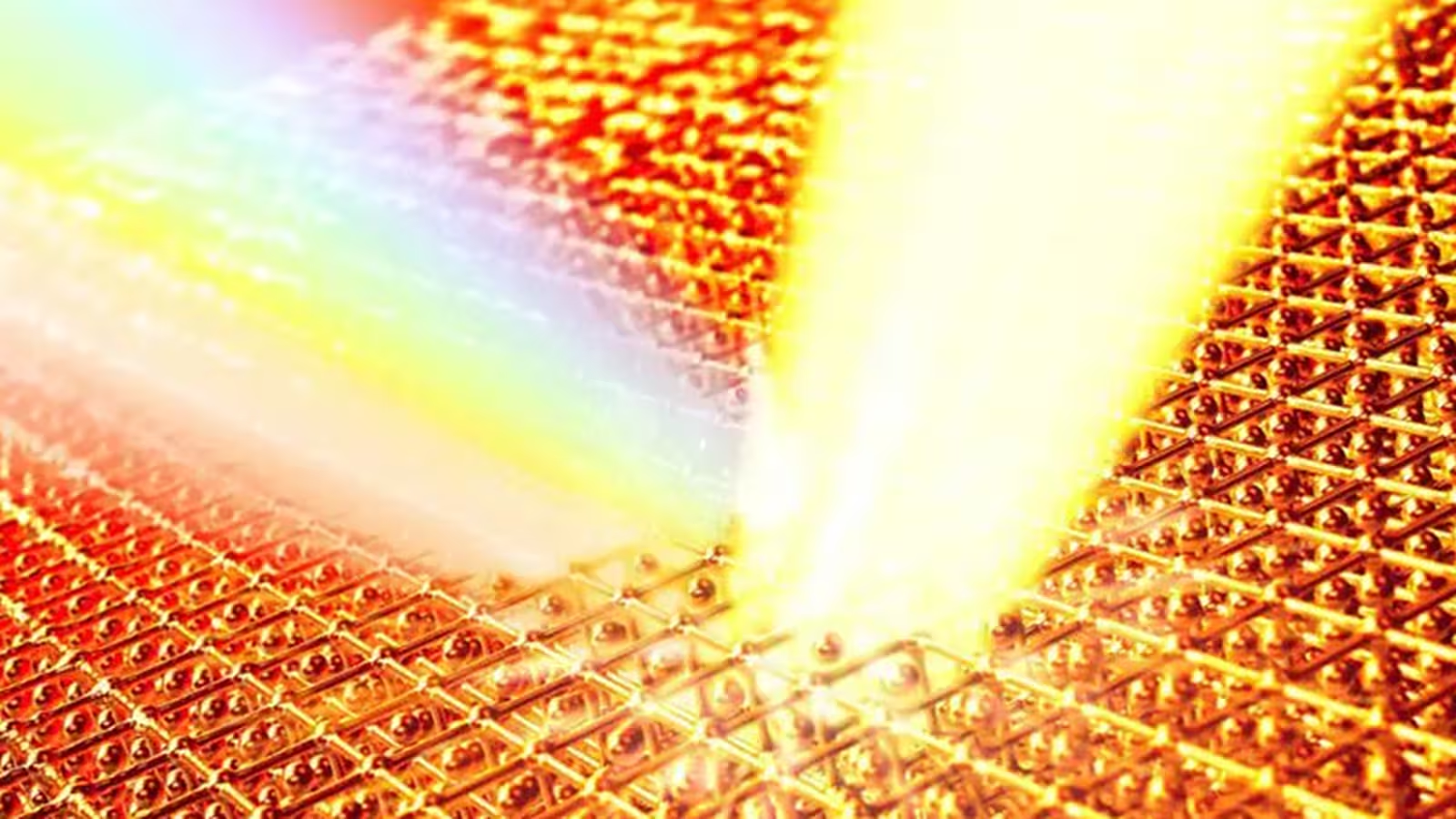3 Minutes
An Unprecedented Discovery in Material Science
Recent groundbreaking research has revealed that gold, a metal renowned for its stability and conductivity, can remain in a solid state at temperatures dramatically higher than its conventional melting point. This surprising revelation is prompting scientists to rethink the fundamentals of how matter behaves under extreme thermal stress, reshaping our understanding of material properties in advanced technology sectors.
Rewriting the Rulebook: Surpassing the Entropy Catastrophe
High-Speed Laser Pulses Change the Game
An international team of scientists utilized state-of-the-art technology—super-short, high-intensity laser pulses—to heat ultra-thin gold films far beyond their supposed physical limits. Traditionally, the melting point signifies a solid's thermal breaking point. However, these tests pushed gold past a scenario known as the "entropy catastrophe," a threshold where a solid should lose its structure due to overwhelming heat.
The Phenomenon of Superheating
Superheating occurs when a material is heated faster than its atoms can rearrange, briefly allowing solids to exist at extreme temperatures without melting. Gold's performance was even more extreme: with innovative X-ray reflection techniques to measure heat absorption precisely, researchers observed that gold withstood temperatures up to 14 times beyond the expected entropy catastrophe point—maintaining its solid state until nearly 19,000 Kelvin (about 18,700°C or 33,700°F) for over 2 picoseconds (two trillionths of a second).
Challenging Thermodynamics: Why Gold Defies Melting
Remarkably, these findings do not upend established laws of thermodynamics; instead, they showcase unique scenarios where physical changes occur faster than these laws can govern. In gold’s case, atomic movement is temporarily frozen, preventing immediate transition into liquid and dissipating energy before structural breakdown occurs. This opens new debates about the nature and boundaries of phase change in materials science.
Technological Implications: New Horizons for Industry and Research
Potential Applications and Use Cases
The implications are far-reaching, especially in advanced technology and engineering arenas. Super-fast heating events—ranging from cosmic phenomena like asteroid impacts to controlled environments within nuclear reactors—can now be better understood and managed. Gold’s superheating resilience could inspire innovations in electronics, aerospace, nanotechnology, and high-energy physics, where materials routinely face extreme conditions.

Advantages Over Conventional Materials
Gold’s ability to withstand higher temperatures without losing structural integrity offers significant advantages:
- Enhanced durability in electronic circuits exposed to heat spikes
- Potential improvements in manufacturing precision for semiconductors and microdevices
- Insights for developing new superheat-resistant materials essential for space exploration and quantum computing
Comparisons and Future Research Directions
This experiment calls into question long-held assumptions about the limitations of solids and their melting points. The research team aims to investigate whether other solids exhibit similar superheating capabilities, and to further explore the boundaries defined by the entropy catastrophe.
As physicist Thomas White from the University of Nevada noted, "Maybe we thought we solved this in the 1980s with the superheating limit, but now it’s an open question again. How hot can something get before it truly melts?" This ongoing scientific dialogue could dramatically influence future technologies and industrial processes that operate at the edge of material performance.
Market Relevance: Why This Matters
For industries relying on ultra-high-temperature operations—such as semiconductor manufacturing, aerospace, defense, and energy—this research highlights the possibility of new, super-resilient materials. Enhanced thermal stability offers a valuable competitive edge in developing more reliable, robust products for advanced applications across global markets.
Conclusion
Gold’s unexpected superheating resistance not only challenges established physical doctrines but also unlocks fresh opportunities for innovation across numerous technology fields. As researchers continue to test the boundaries of matter, industry leaders and scientists alike will be watching closely to see how this game-changing discovery reshapes the landscape of digital innovation and material science.
Source: nature



Comments